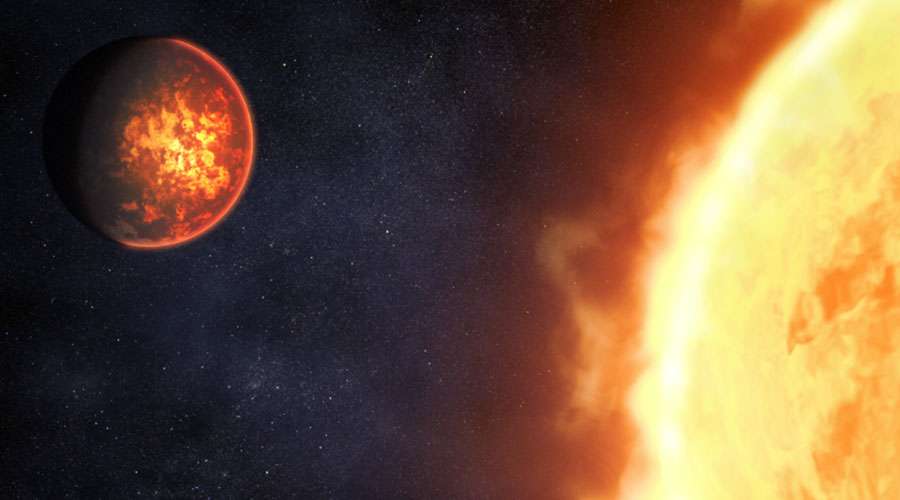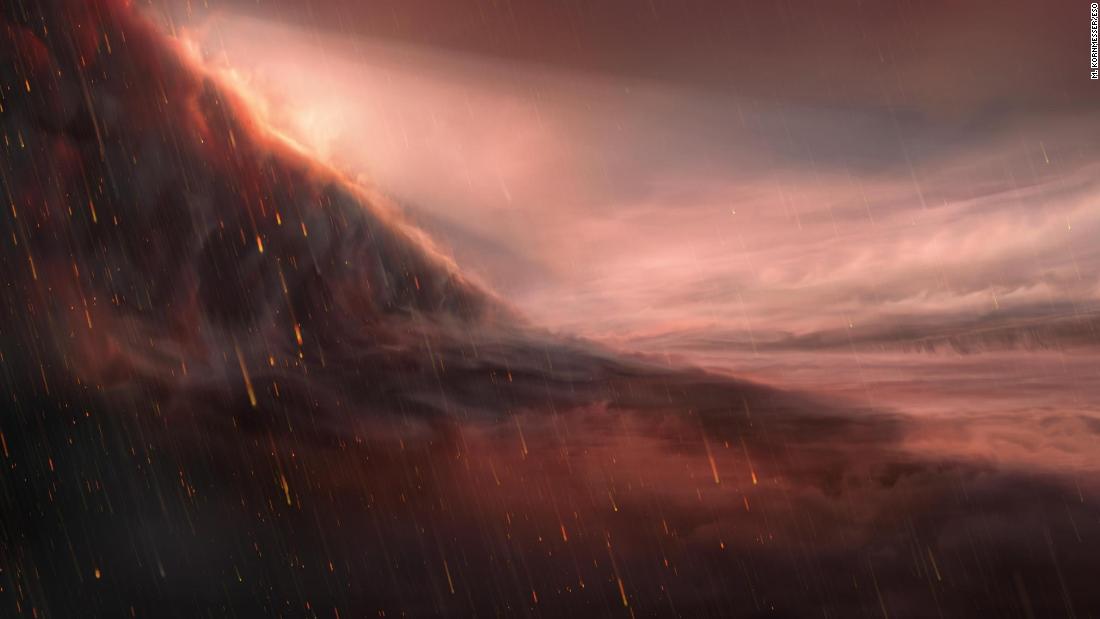A few days ago, on June 29, The Nanograv projectOne of the largest international collaborations in history made public a new discovery that, in Nature’s words, “To shake up all astrophysics”. This physical advance involved the work of thousands of scientists, distributed across dozens of centers around the world, and a collaborative effort of more than fifteen years of data collection. The statement was made during a live broadcast announcing their discovery Evidence for a cosmic background of gravitational waves. The scientific paper was published in The Astrophysical Journal Letters, and from there, the media began its current tradition of publishing the discovery through rapid press releases and articles.
Findings in frontier physics are not easy to communicate. Scientific advances occur at a dizzying pace and some fields, such as astrophysics, reach levels of complexity beyond the knowledge of the general public. For this reason, a few days after a news item appears, major scientific journals and websites publish an article, more informative and simplified, that tries to explain what this new discovery is or its implications. provides Nature was the first to publish this case A message about gravitational waves And, the next day, he delivered a speech clarifying points This explains why this is an important advance. Similarly, Space.com company A Informative article.
In short, news in the media is a race to get any news out before anyone else, luckily, deepens and clarifies that news a few days later. It is in these “second messages” that patient readers often grasp the true meaning of discovery. And if we want to better understand the NANOGrav announcement, we need to go back almost a century and return to the regular phrase “”.Einstein was right”.
After the theories of relativity, the universe is generally understood as a kind of smooth sheet, an elastic canvas warped by the mass of matter. Physicists, including Einstein, have wondered for decades what would happen to that fine trampoline we call the fabric of spacetime when massive events like the collision of two massive stars or two black holes collide. Spacetime conforms to these oscillations, as Einstein predicted The interaction of very massive objects can cause gravitational waves, in the same way that a stone is thrown into a still pond. These gravitational waves, created by the distortion of the space-time fabric, move like waves, and with the right instruments, we can detect them.
In 2016, a century after Einstein published his theory of general relativity, the test LIGO has made a much-anticipated announcement. It was February 11, 4:30 PM. David Reitzer, executive director of the LIGO experiment, was smiling press room and in a sober tone he laughed the following words: “Ladies, we’ve detected gravitational waves… and we’ve succeeded”. 1.3 billion years ago, a pair of supermassive black holes collided and merged into a single sun, releasing an enormous amount of energy that shook the fabric of space-time. LIGO’s laser interferometers are so advanced that they can detect even the slightest movement in that cosmic flat sheet. Their lasers act like floating buoys and have been able to detect ripples in spacetime created by waves created by “giant rocks of black hole mass”.
This is a special moment for physics. That announcement opened the doors to a new way of seeing (or rather, hearing) the cosmos. Most of what we know about the universe now comes from analyzing light from stars, galaxies, etc., thanks to gravitational waves. There is another way of understanding the nature of large cosmic events. Which brings us to today’s announcement of NANOGrav.
We’ve done it again… we’ve detected gravitational waves again. But there are two important things: this methodThe different waves and method used are new and exciting.
The discovery in 2016 came from a specific event where two black holes merge, releasing energy and releasing a massive gravitational wave. In the NANOGrav ad the authors speak of a “cosmic background of gravitational waves,” a hum, even a symphony. Supermassive black holes, quasars emitting energy, entire galaxies colliding with each other, vibrating the fabric of space and time “Gravitational screams running through the universe”.
And how did they find it? Here comes another genius of the NANOGrav project, because instead of using laser instruments like LIGO, they did what they did Use over 15 years of accumulated data from pulsar stars.
Pulsars are highly magnetized neutron stars that spin so fast and precisely that physicists call them “the beacons of the universe.” These stars rotate themselves hundreds of times per second., emitting pulses of light so precisely that when they were discovered many thought they were signs of some extraterrestrial civilization. Thanks to their accuracy, these cosmic beacons can be used as such.Universal clocks” and this quality has been exploited by nanogravity physicists to detect small variations consistent with the emission of a gravitational wave.
“The NANOGrav team developed, in essence, A galaxy size detector It reveals the gravitational waves that pervade our universe.” NSF’s director explains, Sethuraman Panchanathan. Physicists are excited by the title of this article, nothing less: we are facing an amazing breakthrough in astrophysics, a discovery that brings us closer to a universal understanding of the larger physical phenomena of the universe.
More interesting articles and news about the universe at Yahoo:
Scientific notes and additional information:
Castelvecchi, David. «Giant Gravitational Waves: Why Scientists Are So Excited». Nature (2023) DOI:10.1038/d41586-023-02203-6.
Robert Reid”The universe hums with gravitational waves. Here’s why scientists are so excited about the discovery” Space.com
Agassi, Gabriella et al. «The NanoGrav 15-Year Data Set: Evidence for the Gravitational-Wave Background». The Astrophysical Journal Letters (2023), DOI: 10.3847/2041-8213/acdac6.




